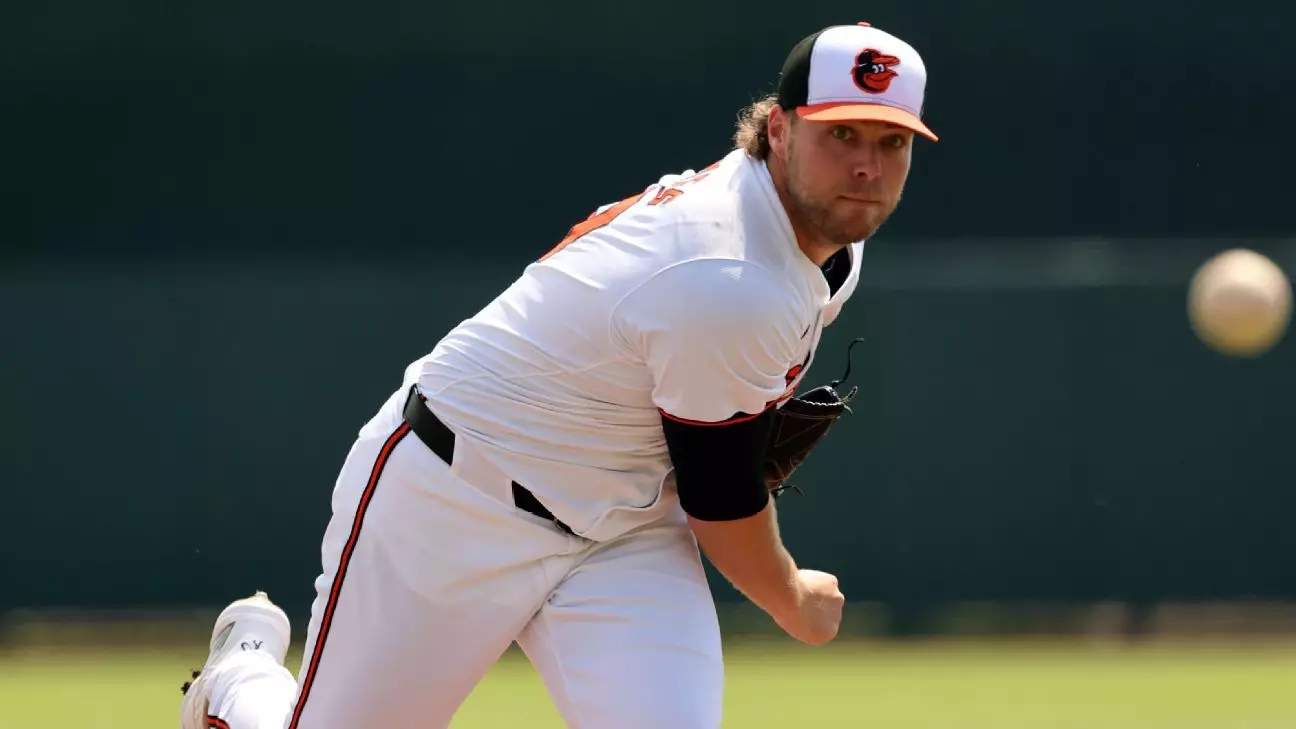The Major League Baseball (MLB) offseason is an exhilarating time, marked by player movement and strategic decisions that can shape the landscape of the league for years to come. Recent developments have witnessed a significant wave of free agency announcements, signaling pivotal changes for numerous teams and players. As clubs prepare for the upcoming season, understanding the motivations and implications of these decisions becomes essential.
On Thursday morning, a list of 136 players made waves across the league as they entered free agency, highlighting the volatility and uncertainty that comes with each offseason. Among these players are prominent figures such as Juan Soto, Corbin Burnes, and Pete Alonso, each of whom will inevitably draw significant attention from potential suitors. The nature of free agency creates a unique opportunity for players to seek contracts that reflect their market value, while teams have the chance to reassess their competitive strategies.
For instance, Corbin Burnes, the 2021 Cy Young Award winner, had a notable season with a 2.92 ERA and 15 wins. His entrance into the free agency pool presents a tantalizing opportunity for teams seeking an elite arm in their rotation. Similarly, Soto’s status as one of the most sought-after outfielders could lead to shifts in team dynamics, as contenders vie for his exceptional offensive skills. With 64 additional players contemplating free agency, the potential for a more extensive player movement remains high.
The upcoming decisions regarding player options add another layer of complexity to the free agency landscape. Players like Gerrit Cole, who can opt out of his contract, offer teams a challenging conundrum. The Yankees could potentially block his opt-out through salary adjustments, a testament to the strategic negotiations that define this period. Conversely, those like Blake Snell and Nick Martinez also face critical decisions that can alter their trajectory in the league. Each choice, whether exercised or declined, can affect team payroll and overall roster configuration.
The procedural aspect of qualifying offers remains critical to understanding free agency dynamics. Because only players who meet specific criteria can receive a qualifying offer, the limited number of eligible players is indicative of the arduous path most face as they navigate contract negotiations. Notably, the acceptance rate for qualifying offers has been dismally low, leading teams to consider alternatives beyond this method of retaining talent.
Among the teams significantly impacted by these decisions is the Baltimore Orioles. The departure of both Burnes and Anthony Santander marks an essential pivot for a franchise that must now recalibrate its roster for the future. Burnes’ performance over the past season adds a void in their pitching staff that will require immediate attention if the franchise aims to maintain its competitive edge moving forward.
In stark contrast, the Boston Red Sox have decided to keep Lucas Giolito, as he activated his player option for the 2025 season. This decision stems from the potential upside Giolito represents, provided he can bounce back from recent injuries and underwhelming performance—decisions like these underscore the delicate balancing act teams face when weighing long-term investments against immediate needs.
Players such as Yoan Moncada and Wade Miley find themselves on the opposite end of the spectrum, having triggered buyouts rather than opportunities for extended play. Injuries have plagued both athletes, with Moncada spending a significant portion of his recent seasons on the injured list, while Miley’s inability to contribute due to Tommy John surgery raises concerns about his long-term efficacy. The impact of these decisions resonates beyond individual players, shaping the broader narrative of each franchise’s future direction.
Likewise, the St. Louis Cardinals’ decisions to decline options for several pitchers—including seasoned veterans—illustrate the challenges of maintaining balance within the roster while contemplating both current performance and future contributions. The trend toward declining options for aging pitchers reflects strategic pivots, focusing on younger, more durable talent capable of contributing over the coming seasons.
As the dust settles on this initial wave of free agency signings, anticipation and speculation will only grow. From negotiations starting on Monday to potential blockbuster trades, the MLB offseason is rife with possibilities. Teams must leverage this period not only to enhance their current rosters but to lay the groundwork for sustained competitiveness in the years ahead. Ultimately, every decision made during this time—including which players hit the open market—can significantly influence the direction of the league, making keen observational analysis paramount for fans and analysts alike.


Leave a Reply